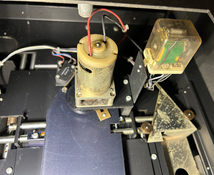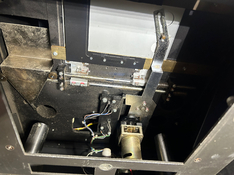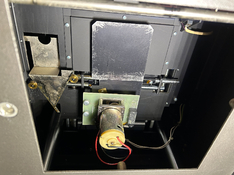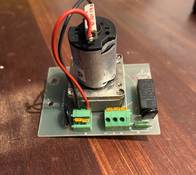Been working on the enlarger today.
It seems like the shutter is a very simple mechanism. You have 3 connections. Two are - and one is +. Once you connect the second -, the mechanism will do one movement, opening the shutter. Connect it again and it will close the shutter. This is controlled by the 24v relay mounted on the old-school PCB board. My friend and I will write some code to calibrate the shutter precisely. Well, if it's necessary, that is.
We figured out that we had to use some mosfets in order to control the ssr relay. It seems like the esp can not output enough amps to trigger the relay. Still a bit puzzled, but we will get there.
Additionally, my friend Angelo, who is smarter than me, had the idea of using a photocell, that's watching the light output, as a feedback loop for our dimmer. His idea is that the signal that's obtained from the cell is already smoothed out and ready to be used. We will have to figure out some sort of algorithm to deal with the delays. All that is, of course, only, should testing show that the output is not consistent without it.
I will have to investigate the reason for this!











